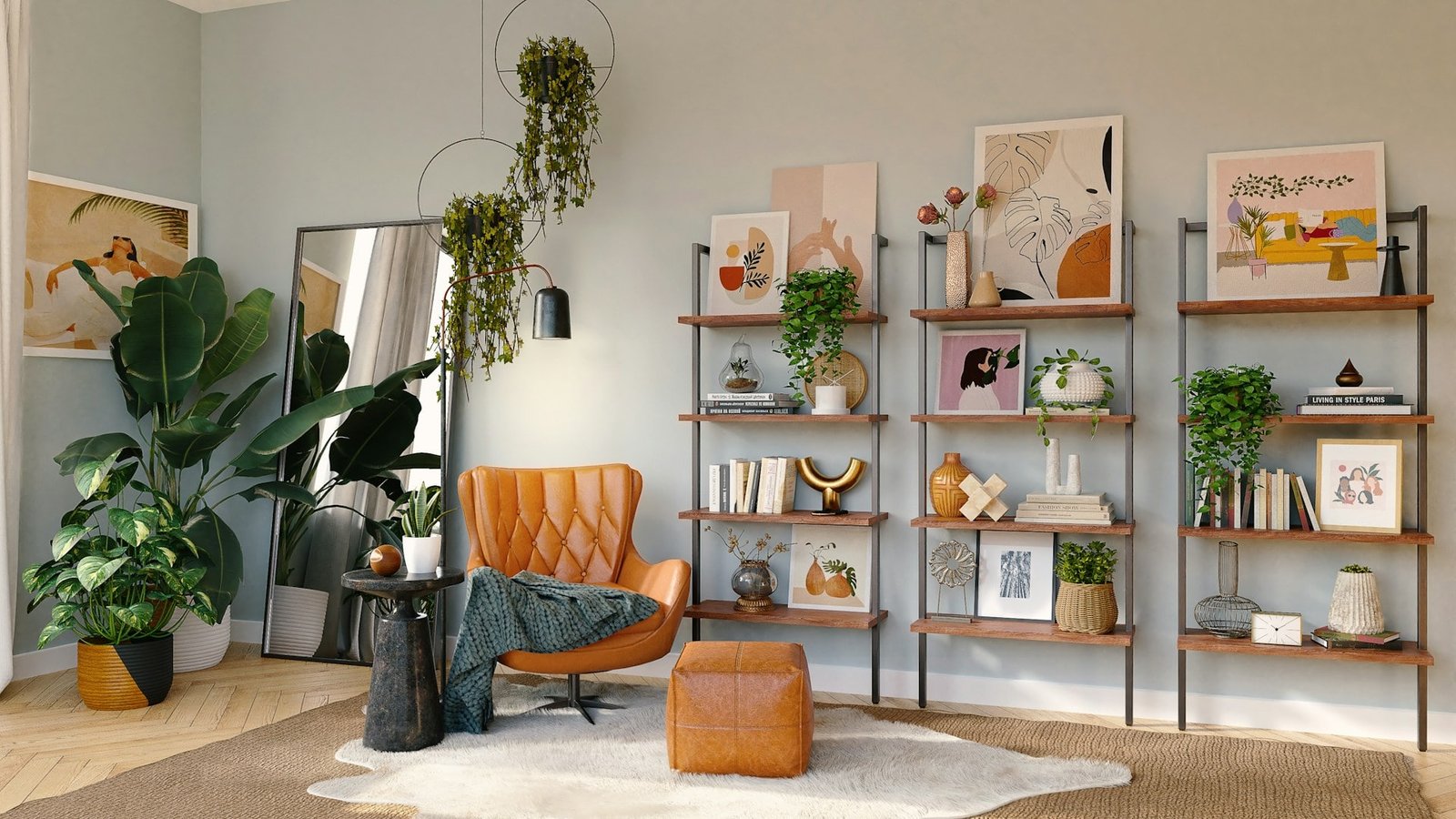In an era where mental health and well-being are at the forefront of societal concerns, the importance of human-centric interior design cannot be overstated. This design philosophy prioritizes the needs, comfort, and experiences of individuals within a space, fostering environments that enhance physical and mental well-being. As our understanding of the connection between our surroundings and our health deepens, interior designers are increasingly adopting strategies that not only beautify but also improve the quality of life for occupants.

The Importance of Human-Centric Design
Human-centric design acknowledges that our environments significantly influence our mood, behavior, and overall well-being. Studies have shown that well-designed spaces can reduce stress, enhance creativity, and promote healthier lifestyles. By focusing on the user’s experience, designers can create spaces that cater to the physiological and psychological needs of individuals.
Key Strategies for Enhancing Well-Being Through Design
- Natural Elements: Incorporating nature into interior spaces is one of the most effective ways to enhance well-being. Biophilic design, which connects people with nature, can be achieved through the use of natural materials, indoor plants, and ample natural light. Research indicates that exposure to nature can reduce stress, improve mood, and boost cognitive function. Designers should prioritize large windows, skylights, and plant installations to bring the outdoors in.
- Comfortable and Flexible Spaces: Creating spaces that are both comfortable and flexible is crucial. Furniture should be ergonomic, promoting good posture and comfort. Additionally, spaces should be designed to accommodate various activities, allowing for adaptability. This flexibility enables individuals to personalize their environments, fostering a sense of ownership and satisfaction. Incorporating movable partitions or modular furniture can facilitate this adaptability.
- Color Psychology: The colors used in a space can profoundly affect emotions and behavior. Designers should leverage color psychology to create the desired atmosphere. Soft, muted tones can promote calmness and relaxation, while brighter colors can energize and inspire creativity. Understanding the emotional impact of color can help designers select palettes that align with the intended purpose of each space.
- Sound Management: Noise can be a significant stressor in both residential and commercial environments. Effective sound management is essential for promoting well-being. Designers should consider sound-absorbing materials, strategic layout, and natural soundscapes. Incorporating features such as water fountains or soothing music can create a calming atmosphere, reducing stress and enhancing focus.
- Personalization: Allowing individuals to personalize their spaces can significantly enhance their emotional connection to the environment. Designers can encourage personalization by providing options for decor, furniture arrangement, and color choices. This sense of ownership can boost mood and overall satisfaction with the space.
- Mindful Layout: The layout of a space plays a critical role in promoting well-being. Open layouts can foster social interaction and collaboration, while designated quiet areas can offer solitude and reflection. Designers should create zones for different activities, ensuring that each area serves a purpose and caters to various needs. Thoughtful navigation paths can also enhance flow and accessibility, making the space feel more inviting.
The Future of Interior Design
As the awareness of the impact of our environments on well-being continues to grow, the principles of human-centric interior design will likely become more mainstream. Designers, architects, and policymakers are recognizing the need for spaces that support health and happiness, particularly in schools, workplaces, and healthcare facilities.
Educational institutions are increasingly implementing designs that enhance learning and well-being, while businesses are creating workspaces that prioritize employee health and productivity. Similarly, healthcare facilities are adopting human-centric design to improve patient experiences and outcomes.
Conclusion
In summary, human-centric interior design is a transformative approach that prioritizes well-being, comfort, and functionality. By incorporating natural elements, promoting flexibility, and considering the psychological impacts of color and sound, designers can create spaces that nurture the mind and body. As we move forward, the integration of these strategies will be vital in crafting environments that not only look good but also enhance the quality of life for all who inhabit them. Embracing this design philosophy is not just a trend; it’s a necessary evolution towards healthier, happier living and working spaces.


















